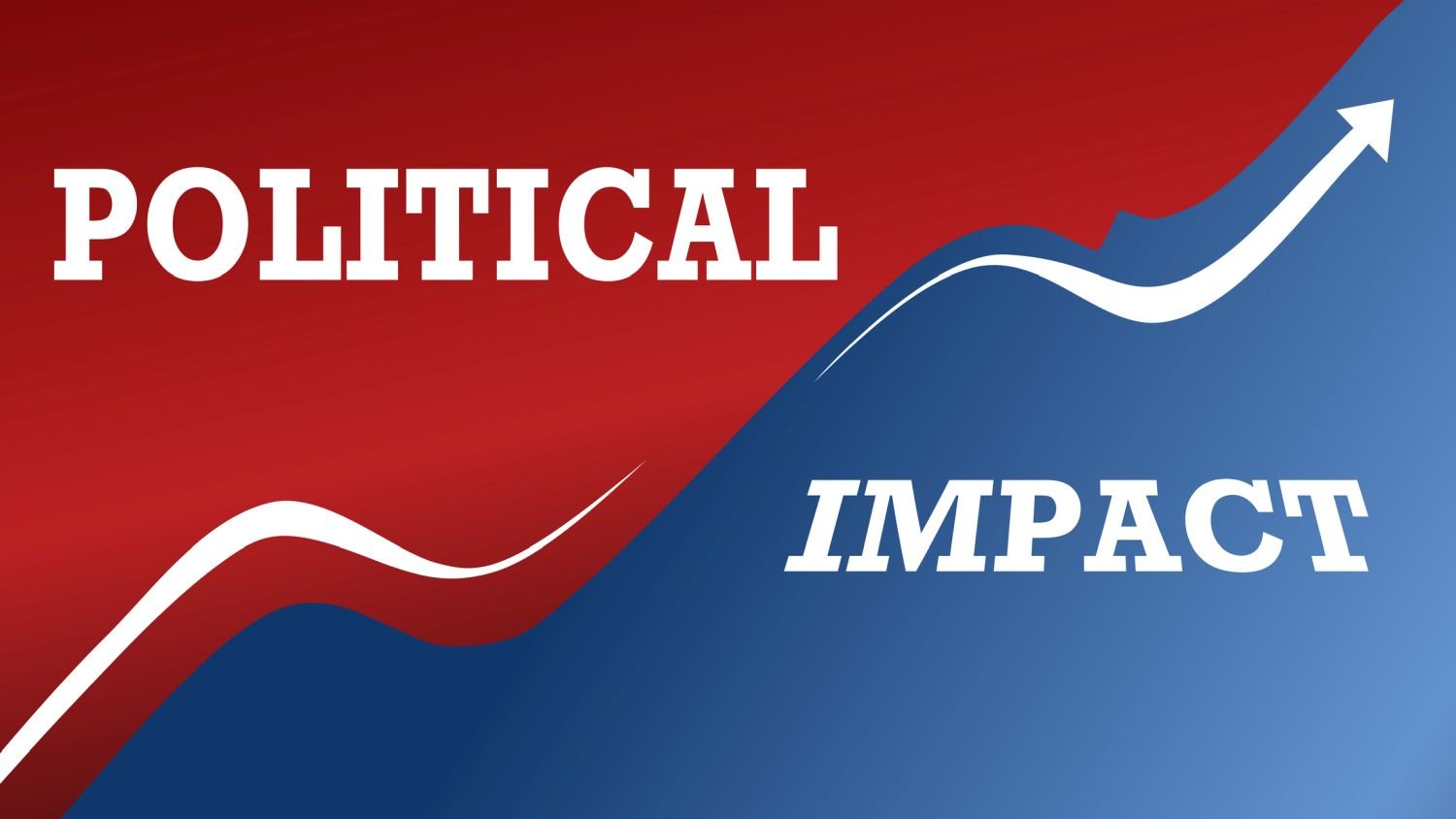‘The fuel levy increases will compound existing cost pressures for SMEs, particularly those in logistics, manufacturing, and retail sectors that rely heavily on transportation.’
June will provide some relief for Small and medium enterprises (SMEs) following the South African Reserve Bank’s (SARB) Monetary Policy Committee’s (MPC) decision to cut interest rates by 25 basis points.
Another relief is that inflation is largely stable, and the exchange rate is trending favourably, giving the MPC some room for monetary easing. The economy needs every bit of help it can get, and this cut will no doubt be reflected in business confidence.
Miguel da Silva, group executive for business banking at TymeBank noted how upcoming events will impact South Africa’s position in a rapidly evolving global landscape and the effect of this reconfiguration on SMEs.
ALSO READ: Reserve Bank cuts repo rate thanks to lower inflation, stronger rand
Budget treads tricky course without cutting expenditure
“The national budget outlined a programme of continued expenditure propped up by less contentious funding mechanisms than previously tabled,” said Da Silva.
After much debate, the Value Added Tax (VAT) rate will remain at 15%, providing certainty for SME pricing and cash flow planning following the proposed increase’s withdrawal.
To make up the shortfall, the general fuel levy has increased by 16 cents per litre for petrol and by 15 cents per litre for diesel.
“The fuel levy increases will compound existing cost pressures for SMEs, particularly those in logistics, manufacturing, and retail sectors that rely heavily on transportation.”
With many small businesses already operating on razor-thin margins, this 16-cent increase represents an additional burden that will likely be passed on to consumers, potentially dampening demand in an already constrained market.
ALSO READ: GDP grew marginally in first quarter – agriculture helped keep economy afloat
First quarter GDP figures
“The Minister also revised his predictions for our economic growth to 1.4% in 2025, down from 1.9%. With the official unemployment rate now at 32.9%, the disconnect between our economic ambitions and the harsh reality that only 16.8 million South Africans are in active employment highlights the urgent need for policy innovation,” he added.
Da Silva said what seems clear is that under these constrained market conditions, there is no way for established businesses to incorporate the millions of South Africans seeking employment.
There is far greater potential for entrepreneurs to create new jobs, and a focus on small business support and development must be prioritised.
“SME funding will remain an important area of discussion and entrepreneurs; funders and public-sector representatives will meet to discuss the state of small business funding in South Africa at the SME SA Funding Summit 2025 on 12 June – but even more important is the creation of an environment which is conducive to entrepreneurship: less red tape and dependable infrastructure.”
ALSO READ: Tariffs and Agoa: How Parks Tau summarised US-SA trade talks
Agoa forum in DRC
The relationship between SA and the US remains fraught, but at least there is dialogue.
“Apart from the Presidential meeting in the Oval Office, trade, industry and competition minister Parks Tau and agriculture minister John Steenhuisen have submitted a new trade framework to US trade representative Jamieson Greer.
“There are key areas where US investment might help us unlock value at home, and which might appeal to the deal-centric nature of the US administration. Developing a domestic source of natural gas would bolster SA’s regional competitiveness and energy security, and we remain a key source of scarce minerals,” he added.
The annual conference on the African Growth and Opportunity Act (Agoa) between trade ministers of Agoa-eligible countries and the US is scheduled to take place in the Democratic Republic of the Congo (DRC) in June.
This will be an important indicator of what the US will do when Agoa expires in September 2025, though it seems unlikely at this stage that SA’s Agoa benefits will be extended. While the overall impact of losing Agoa would not be immense for SA, some sectors – particularly the automotive and agricultural sectors – would be significantly affected.
Both sectors have extensive value chains, and SME suppliers are rapidly adjusting their operations.
“The potential loss of Agoa benefits creates particular uncertainty for SME suppliers in the automotive value chain, many of whom have built their business models around preferential access to US markets.
“These companies now face the complex challenge of either finding alternative markets or restructuring their operations to remain competitive under standard trade terms.”
ALSO READ: Analysts say Trump’s bid to weaken Brics will fail as US influence declines
Brics summit in Brazil
Da Silva added that the Brics Summit, scheduled to take place in Brazil in early July, will again put SA in the US crosshairs, as provocative issues (such as an alternative to the dollar as the world’s reserve currency) will be raised and debated by Brics countries.
“The timing could not be more delicate. For SMEs, particularly those in export-oriented sectors, this diplomatic tightrope walk translates into very real business planning challenges.
“Where do allegiances lie in a rapidly shifting global order? This geopolitical balancing act requires SMEs to develop strategies that can withstand diplomatic volatility while capitalising on emerging opportunities within both Western and Brics markets.”
NOW READ: Political uncertainties that will impact SMEs in the coming months
